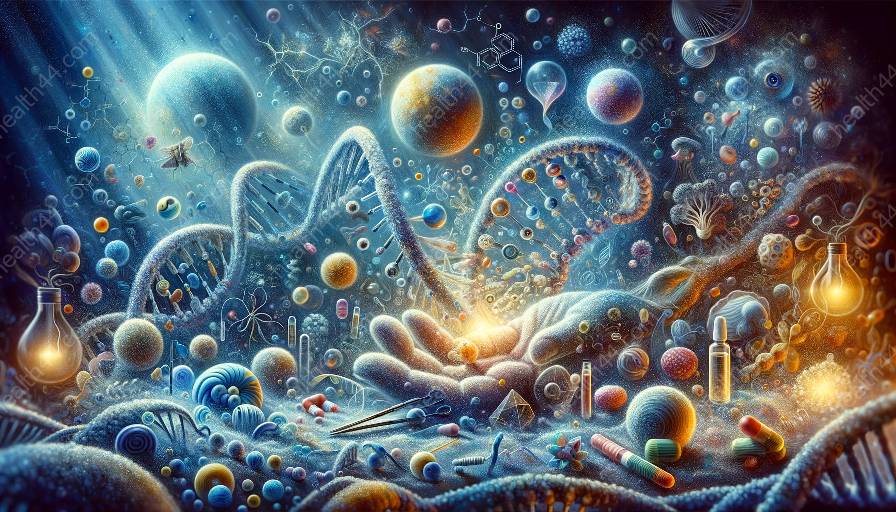Sex determination is a complex and fascinating process governed by genetic mechanisms that play a critical role in the development of an organism's reproductive system. In this topic cluster, we will delve into the fundamental principles of sex determination, exploring the influence of sex chromosomes, gene expression, and environmental factors in shaping an individual's sex.
The Role of Sex Chromosomes
One of the key genetic mechanisms driving sex determination is the presence of sex chromosomes. In many species, including humans, sex is determined by the combination of sex chromosomes inherited from parents. In humans, females typically have two X chromosomes (XX), while males have one X and one Y chromosome (XY). The Y chromosome contains a gene called SRY (Sex-determining Region Y), which triggers the development of male reproductive structures. The presence or absence of specific sex chromosomes dictates whether an individual will develop as male or female.
Gene Expression and Sex Determination
Sex determination is also influenced by the expression of specific genes involved in the development of reproductive organs. The intricate regulatory networks of gene expression guide the development of testes or ovaries, ultimately determining an individual's sex. For instance, the expression of key genes such as SOX9 and RSPO1 is vital for the differentiation of male gonads, while other genes such as FOXL2 are essential for ovarian development in females.
Environmental Factors and Sex Determination
While genetic mechanisms play a central role in sex determination, environmental factors also contribute to the process. In some species, such as certain reptiles and fish, the ambient temperature during specific stages of embryonic development can influence the sex of the offspring. This phenomenon, known as temperature-dependent sex determination, highlights the intricate interplay between genetics and the environment in shaping an individual's sexual phenotype.
Evolutionary Perspectives on Sex Determination
The genetic mechanisms of sex determination have undergone significant evolutionary adaptations across diverse species. From the presence of diverse sex chromosome systems in birds and insects to the unique mechanisms of sex determination in plants, the study of sex determination sheds light on the remarkable diversity of genetic mechanisms that have evolved to govern reproductive development.
Implications for Human Health and Development
Understanding the genetic mechanisms of sex determination has profound implications for human health and development. Disorders of sex development (DSD) can arise from variations in sex chromosome composition or disruptions in gene expression during embryonic development, leading to intersex conditions. Research into the genetic basis of sex determination holds promise for advancing personalized healthcare and therapeutic interventions for individuals with DSD.
Future Directions in Sex Determination Research
Advances in genetics and molecular biology continue to unveil new dimensions of sex determination, offering insights into the intricate interplay between genetic, epigenetic, and environmental factors. From unraveling the molecular pathways that govern sex-specific gene expression to exploring the evolutionary origins of sex determination mechanisms, ongoing research promises to deepen our understanding of this fundamental biological process.


